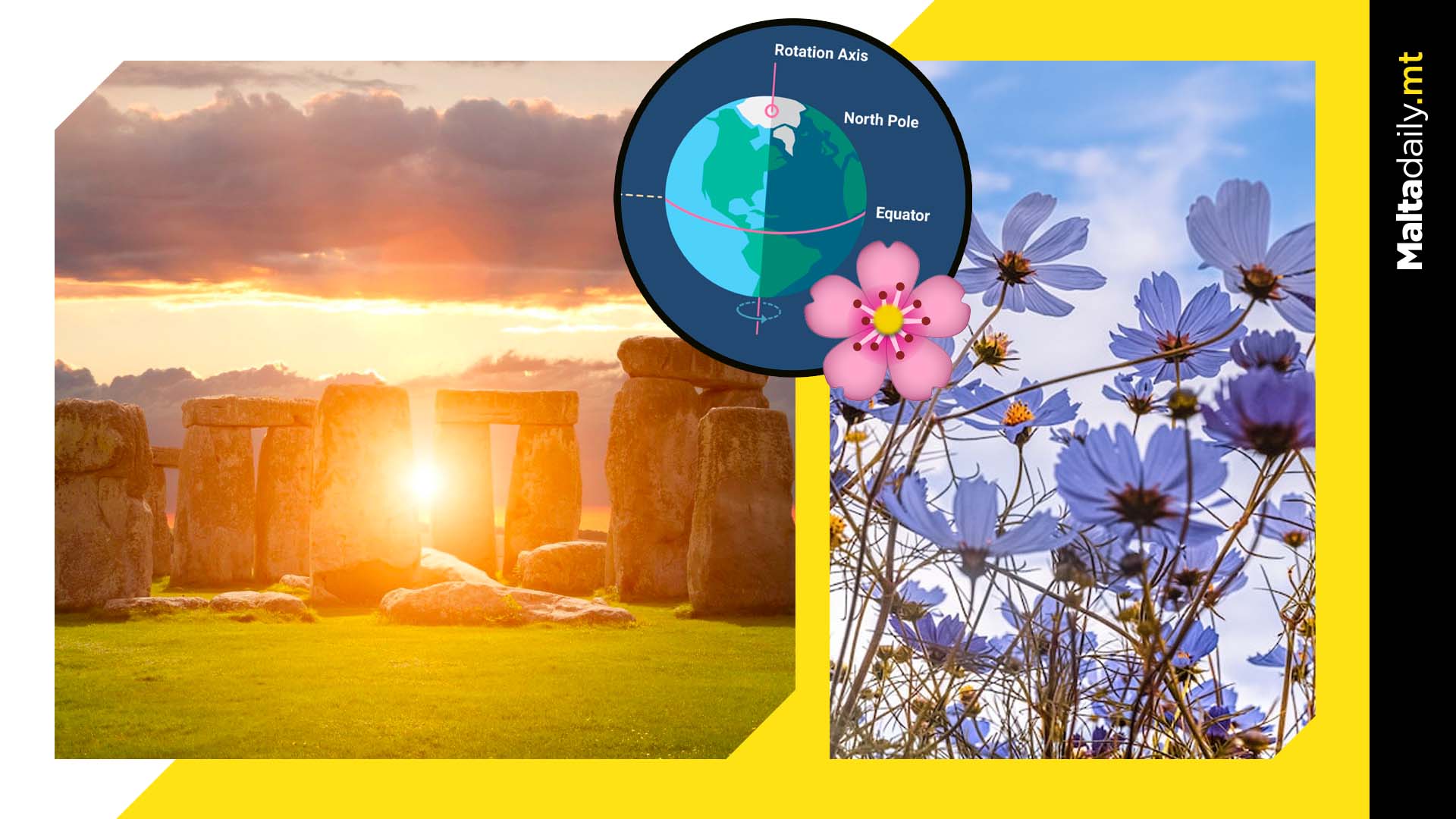Spring equinox: are day and night equally long today?

The 20th of March, also known as the vernal equinox, marks the beginning of spring in the Northern Hemisphere and autumn in the Southern Hemisphere.
At the equinox, Earth’s two hemispheres are receiving the sun’s rays at equal amounts, with night and day often said to be equal in length.In fact, the word equinox comes from the Latin words aequus (equal) and nox (night). This point proved to be an essential time keeping tool for our ancestors, leading to mythological stories developing around it.
However, recent scientific developments showed that this is not exactly correct. There are technically 8 more minutes of daylight – at mid-temperate latitudes – on the day of an equinox.
The day when day and night are actually equal is called an equilux. This happens a few to several days after the autumn equinox and a few to several days before the spring equinox.
Much as earliest sunrises and latest sunsets vary with latitude, so the exact date of an equilux varies with latitude. This contrasts to the equinox itself, which is a whole-Earth event and happens at the same instant worldwide.
In fact, at and near the equator, there is no equilux whatsoever, because the daylight period is over 12 hours long every day of the year.
#MaltaDaily


